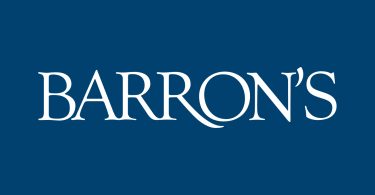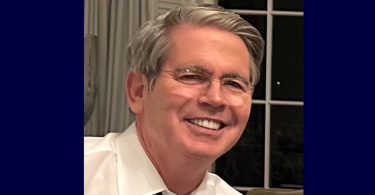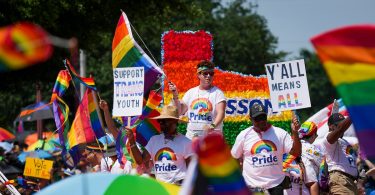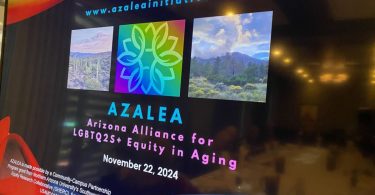It is obvious that social media and online platforms are popular among people from around the world and for many of them, the online interpersonal exchanges (online word of mouth marketing) can have a great effect on deciding the next tourist destination. Nowadays, many potential tourists use online tools such as YouTube, Facebook, Instagram, TripAdvisor, etc. to investigate the first-hand experiences of other tourists in order to select their future destination(s).
Researches have shown that almost half of the tourists around the world with access to Internet use online tools and applications, as well as social media to analyze their next destination. SmartInsights has reported that about 57 percent of people around the world have access to the internet.
One of the most influential online tools for tourism marketing is YouTube, also known as the king of videos. Dr. Sophia Rhino et al. reviewed 320 videos about European tourism in YouTube and concluded that the potential tourists do not accept the traditional cinema and TV production that are loaded on YouTube. These advertising tools are different from TV and Cinema because they present first-hand experience. On November 2015, Google reported that 50 percent of tourists with access to Internet refer to online videos to decide about the things they are going to do in their destination. For example, 67 percent for destination, 48 percent for the type of travel, 67 percent for travel activities and 63 percent for accommodation used video sharing platforms (mostly YouTube).
Facebook with two billion users, YouTube with 1.5 billion users, Instagram with 700 million users and Twitter with 328 million users are among the most popular social media around the world (in 2017). However, the share of Iran in these statistics is limited.
Now that tourism can be a dynamic and appropriate alternative for oil industry in Iran, after several decades of uninterrupted work, finally Iran’s Cultural Heritage, Handicrafts and Tourism Organization (ICHTO) became a ministry, which is indicative of the special attention paid by the Iranian Parliament and government to using the capacities of this department. Planning to define a strategy to use these advertisement and marketing tools can increase the share of Iran in world tourism and change the game of social media space in favor of our country.
The most important point is using these tools is that no sanction can affect and limit the two-way interactions through social networks throughout the world. Given the imposition of unilateral heavy sanctions by Washington on Tehran, these tools can be a good opportunity to present an appropriate picture of Iran to the world and neutralize all the negative propaganda. However, it should also be taken into consideration that providing the required cultural background to use these tools is a basic prerequisite to promote this working model.
To this end, an innovative action was taken during the last few days and 12 famous influencers were invited to Iran. We hope that the profound effect of these 12 people traveling to Iran would activate and stimulate the related departments to have more precise plans for future and use the social media in its full capacity. The social media strategy can start a revolution in tourism industry, which can benefit people, government and thus the country.
* Seyed Amin Saneey is the deputy director of public relations and information at the Iranian Ministry of Cultural Heritage, Tourism and Handicrafts.






